PALAWAN, December 6, 2021 – The Department of Agriculture – Special Area for Agricultural Development (DA-SAAD) Program reported an obligation of 84% of its FY 2021 General Appropriations Act (GAA) allotted fund amounting to Php 1.49 billion (Table 1) during the FY 2021 Year-End Assessment conducted from November 29 to December 3 in Puerto Princesa, Palawan.
The SAAD Program is implemented by two operating units – the DA for the agriculture sector and the DA-Bureau of Fisheries and Aquatic Resources (BFAR) for the fishery sector.
Table 1. Overall SAAD Financial Accomplishment in 2021 as of November 30, 2021
The top three out of 11 regional DA-SAAD operating units for obligation rate are Region 8 (97%), Cordillera Administrative Region (CAR) [93%], and Region 5 (90%).
Obligation means commitment of funds for the purchase of goods and services to fulfill activities for DA-SAAD’s major components such as program management, social preparation, production and livelihood interventions, and marketing assistance and enterprise development.
Meanwhile, the program disbursed 53% or Php 599 million of the obligated funds. The top three regional operating units for the disbursement rate are Region 9 (88%), Region 12 (79%), and CAR (70%). Disbursement means funds are paid to the suppliers.
Table 2. FY 2021 Annual Agriculture Sector Fund Utilization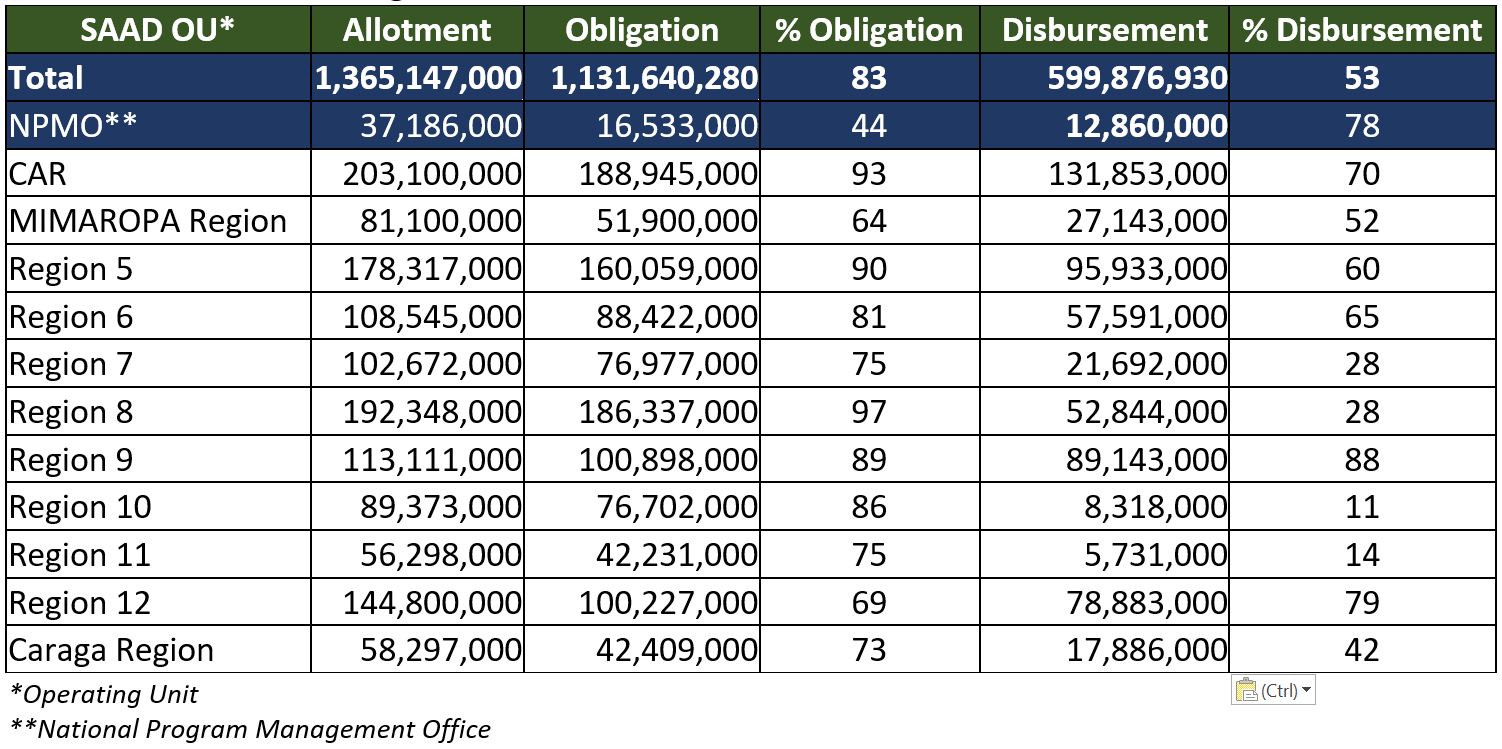
- 682 social preparation activities for 9,688 farmers and 297 groups with 3,610 members;
- 903 specialized training for 27,769 farmers;
- 500 livelihood projects for 3,516 farmers and 1,271 groups with 43,718 members; and
- 126 community-based enterprises for 128 groups with 3,940 members.

SAAD Director Myer Mula reminded them that fund realignment is acceptable as long as it will be used for the provision of livelihood projects or any substantial activity for the benefit of the beneficiaries.
Fishery Sector
The implementation of the SAAD Program for the fishery sector is managed by the BFAR, an attached bureau of the DA.
BFAR-SAAD Alternate Focal Person Arnel Villanueva reported 92.14% obligation out of Php 127 million budget in 2021. From the Php 117 million obligated funds, 58.35% were already disbursed (Table 4).
Table 4. FY 2021 Annual Fishery Sector Fund Utilization
- 45 social preparation activities for 139 fishers and 92 groups with 1,934 members;
- 66 specialized training for 2,370 fishers;
- 69 livelihood projects for 4,626 fishers and 146 groups with 4,017 members; and
- 11 community-based enterprises for 11 groups with 792 members.

What to expect in 2022
FYs 2023-2028 Strategic Planning Workshop
With a possibility to be extended for another 6 years of implementation, which was backed up by two House Resolutions through the Committee on Rural Development led by Representative Elisa Kho, the DA-SAAD will conduct a workshop to improvise plans and projections for FYs 2023 to 2028.
SAAD national Planning, Monitoring, and Evaluation unit head Darwin Pamatmat said, “We will craft plans and projections based on the learnings and evaluation from the first implementation.”
The selection of areas will be based on the Philippine Statistics Authority’s (PSA) highest poverty incidence among families at the municipal level in 2018, among other criteria.
Results-Based Monitoring and Evaluation Rapid Appraisal (RBMERA)
The SAAD national office will continue the conduct of RBMERA, a monitoring and evaluation activity which started in 2021. The regional offices will endorse group beneficiaries who encounter challenges on project implementation. The national office will then assess the beneficiaries on the ground through focused group discussion and produce policy recommendations to address problems or provide support.
Planning, Monitoring, and Evaluation (PME) Community-Based Enterprise (CBE) Evaluation
Turning farmers and fisherfolk into agripreneurs and establishing CBEs are essential in the SAAD Program to ensure the increase in food production and contribution to poverty alleviation on its 30 priority provinces.
With the same goal as the RBMERA, the SAAD national office will conduct PME CBE Evaluation activities to assess the enterprises already established or being developed. As of October 14, 2021, the SAAD Program already established 171 CBEs managed by 171 groups with 6,081 members in the agriculture and fishery sectors.
Partnership with DSWD on Zero Hunger
SAAD Deputy Director Ulysses Lustria, Jr. discussed the partnership with the Department of Social Welfare and Development’s (DSWD) Zero Hunger – Enhanced Partnership Against Hunger and Poverty (EPAHP) for Program Convergence Budgeting (PCB) projects in FY 2022.
Funded under DSWD’s Sustainable Livelihood Program, the DA-SAAD was included on the PCB projects along 14 other agencies to link, harmonize, and synchronize the timing of critical program interventions.
A total of 1,000 SAAD beneficiaries belonging to the 5th and 6th income classes, Geographically Isolated and Disadvantaged Areas (GIDA), or places with the highest poverty incidences from 17 provinces in 5 regions were selected for the program. Each beneficiary is expected to receive Php 15,000 livelihood grant.
The DA and DSWD will enter into a memorandum of agreement in January 2022 to kick start the program implementation.
Community Participation Procurement (CPP)
The DA-SAAD streamlined its CPP guidelines based on the Government Procurement Policy Board’s (GPPB) Resolution 18-2021.
The document is expected to be finalized before the year ends for the implementers to use CPP as an alternative procurement modality for acquiring agriculture and fishery inputs, simple infrastructure projects, and labor-only contracts.
CPP is advantageous not just for the program but also to the local communities, especially beneficiaries who established multiplier farms and hatcheries, as they can join the procurement process as suppliers.
Read SAAD proposes community participation procurement toward participatory governance
It will also help reduce mortality rates on animals, transportation and procurement costs, and instances of failed biddings; address the supply and demand gap of live animals to avoid delays in purchase and delivery; and sustain and empower local farmers and fisherfolk’s income.
Terminal Evaluation
A third-party institution will conduct the terminal evaluation of the program as it reaches its final phase. It is an overall assessment by researchers, who can scientifically look into SAAD’s performance – of how best it served the objectives for which it was launched.
Transition Planning Workshop
Since the program will end in 2022, transition planning will be done to help ensure that the gains of the SAAD will continue. ###
Writer: Jhomai Canlas, DA-SAAD Public Relations and Communications Head

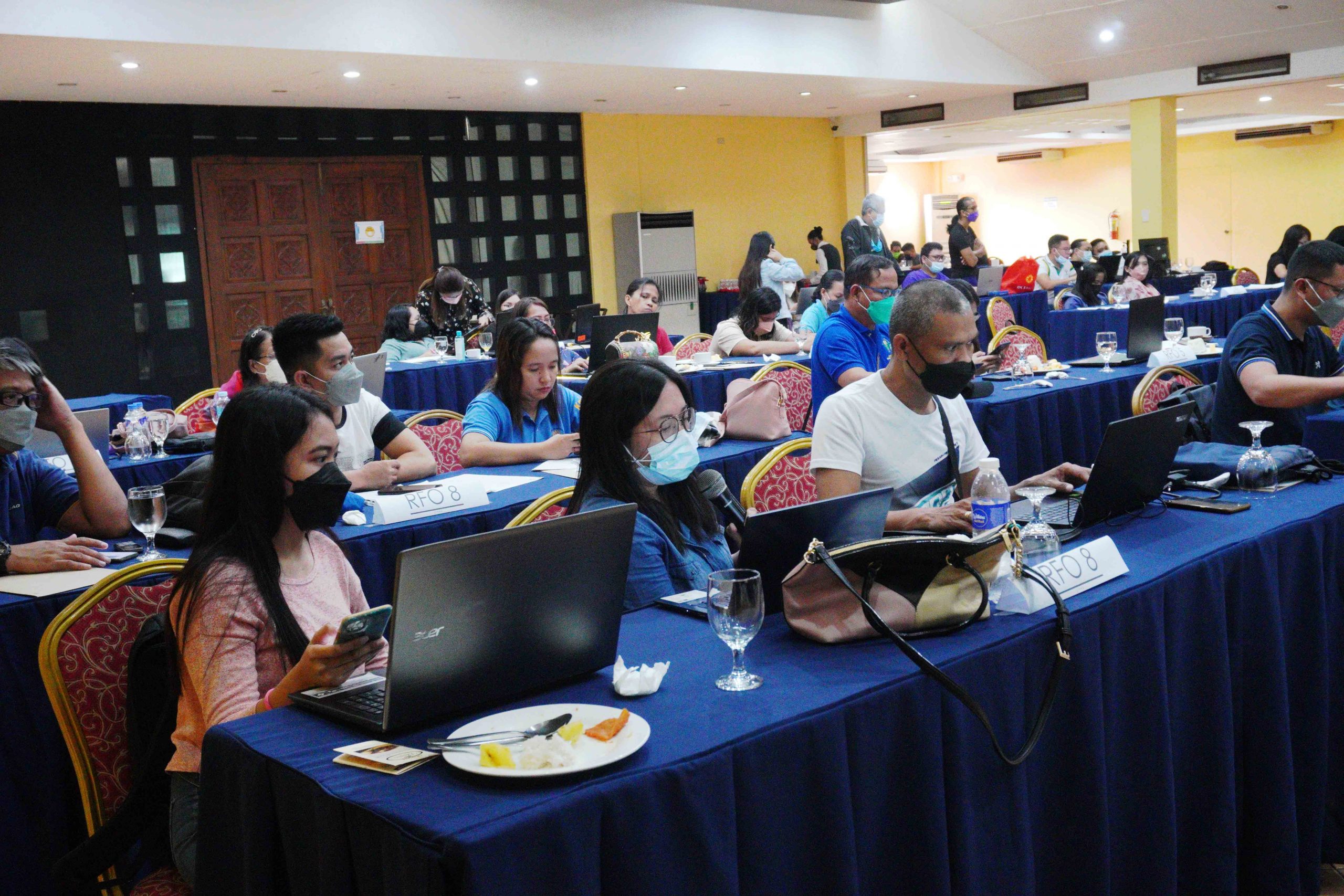
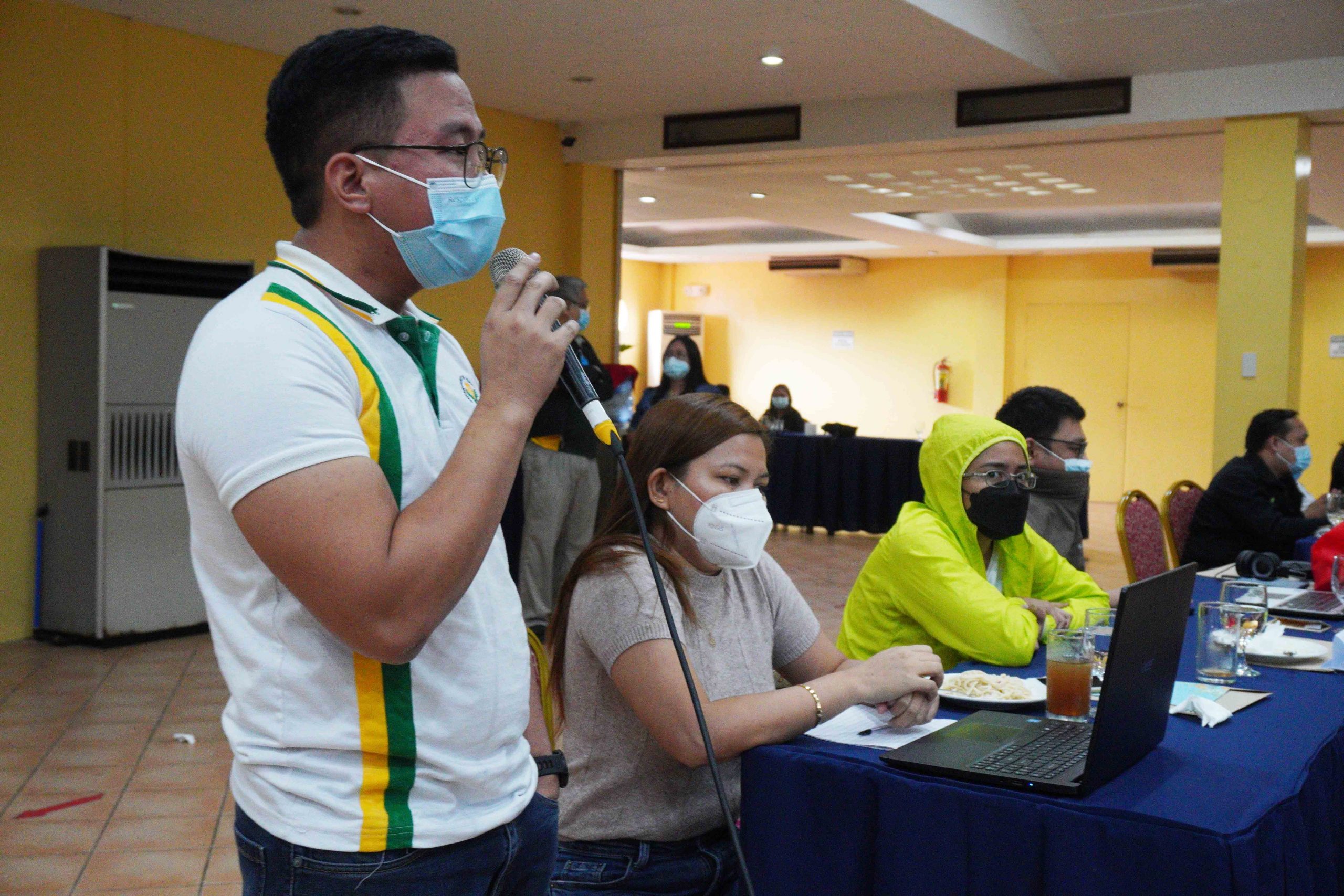
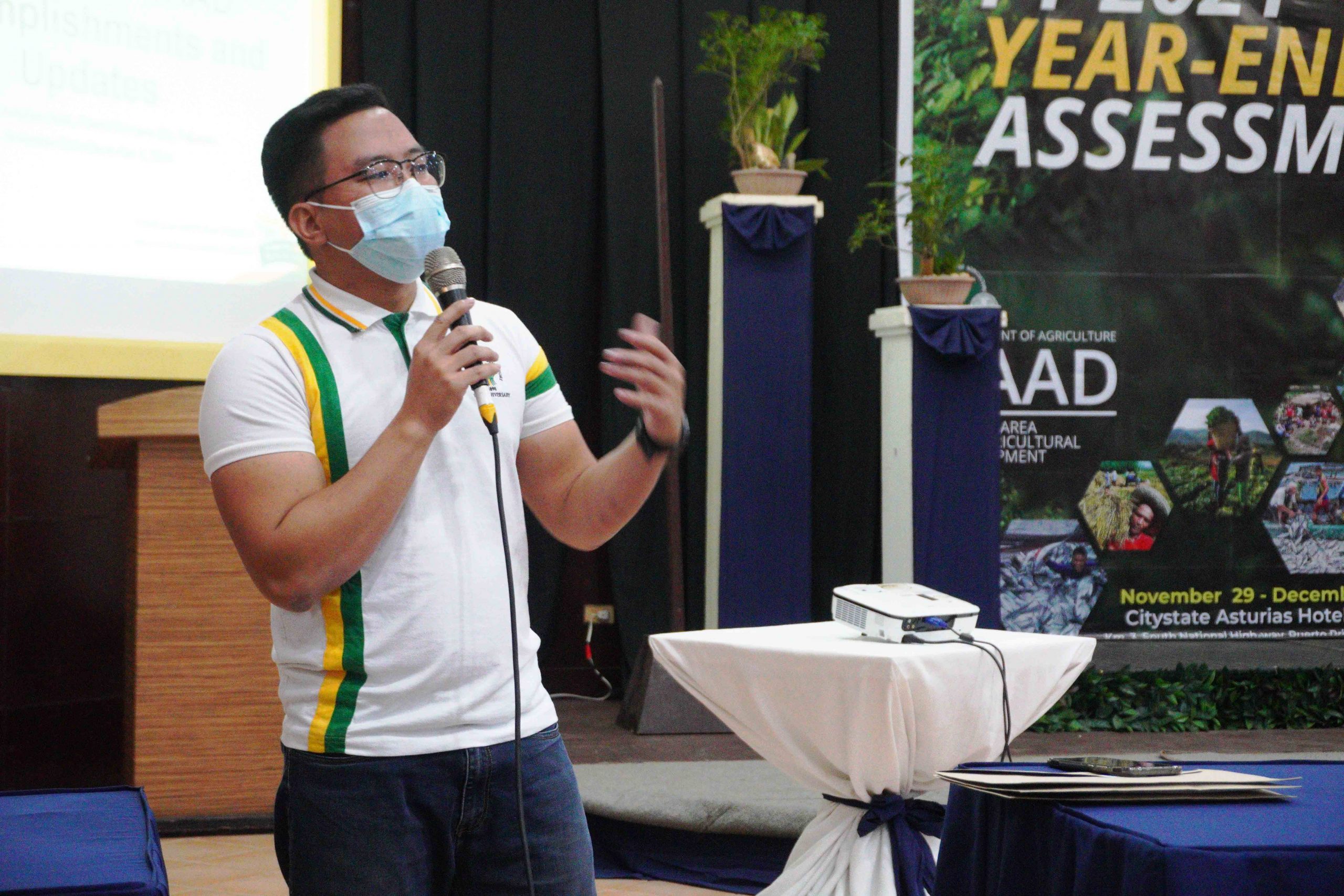
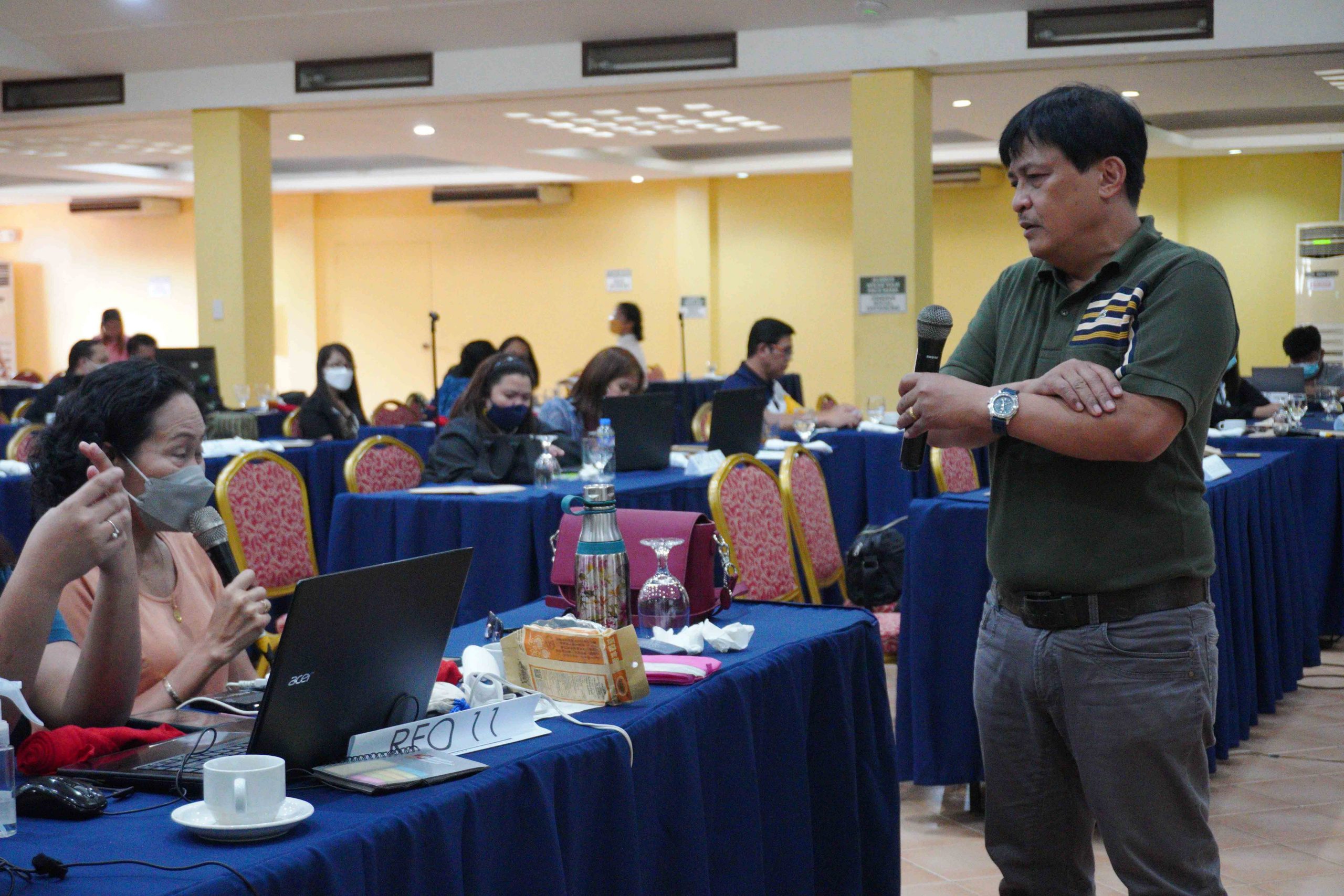
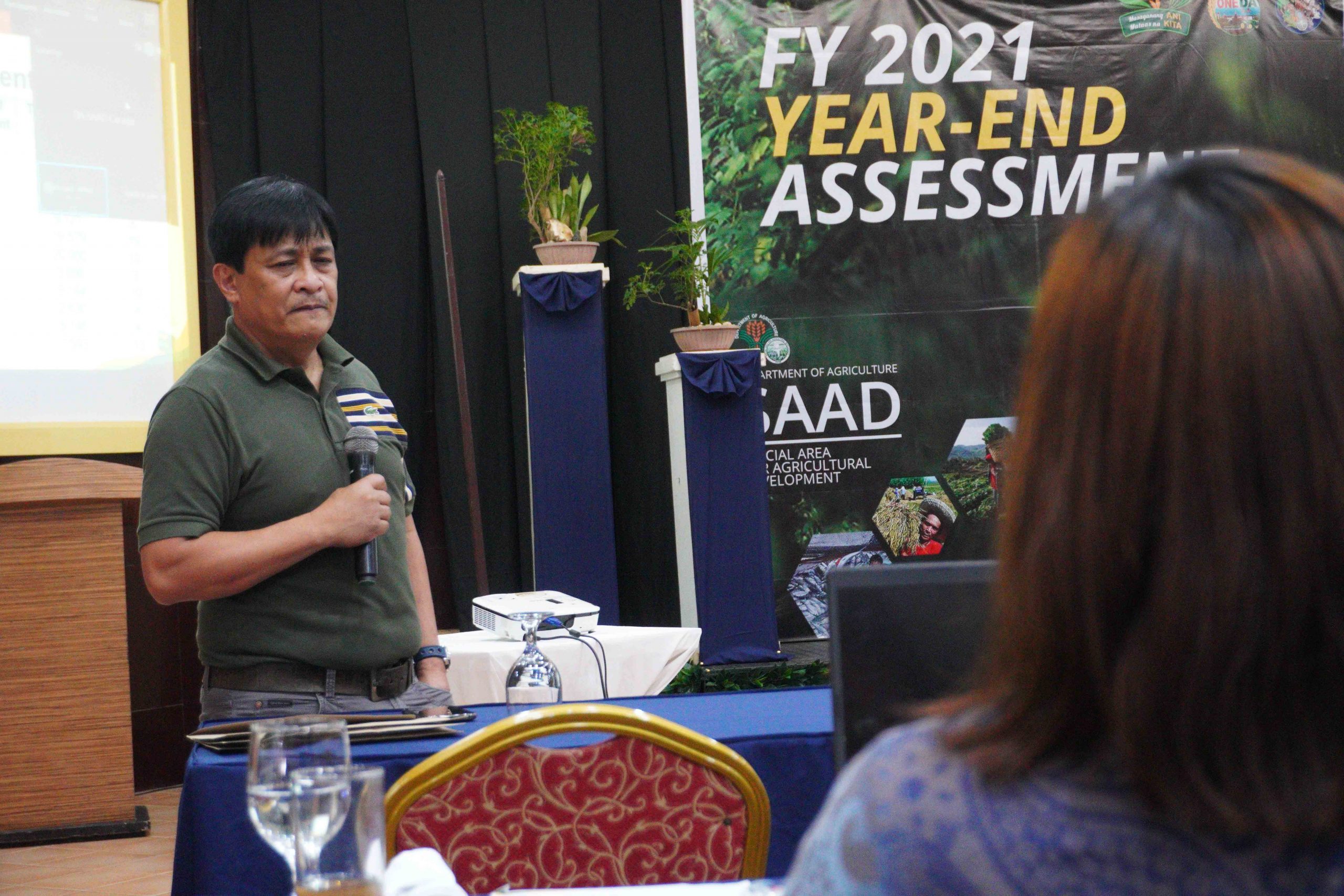
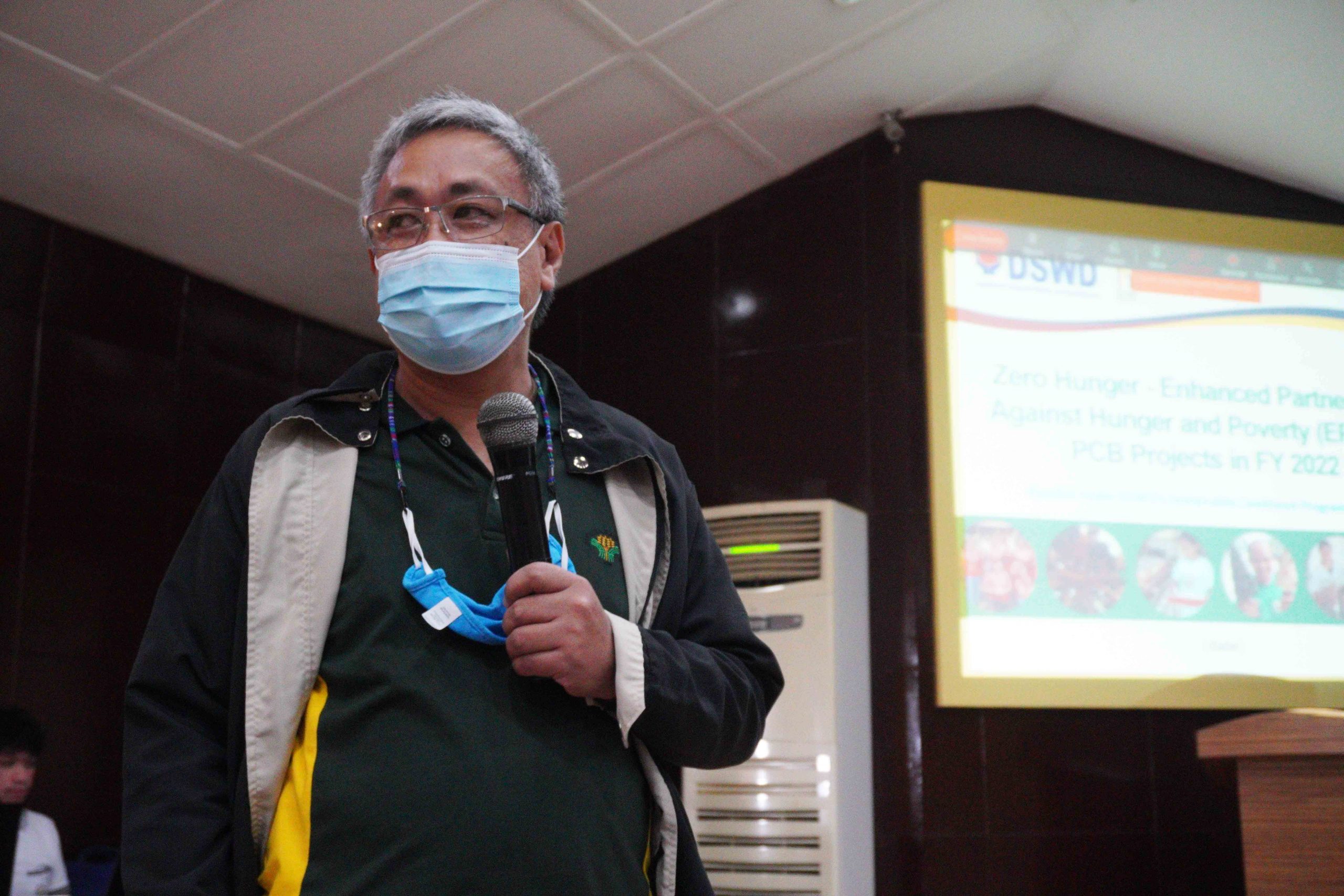
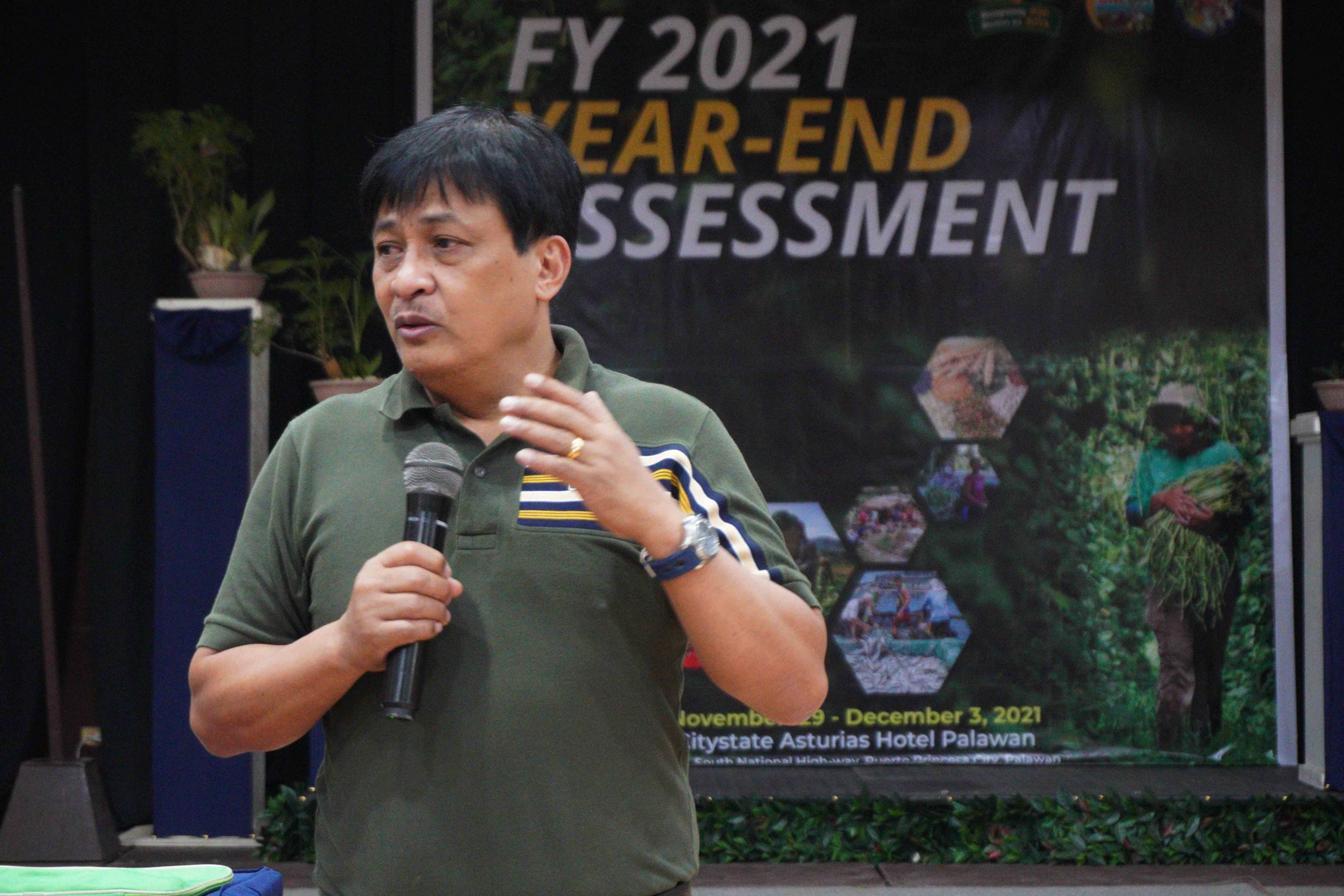
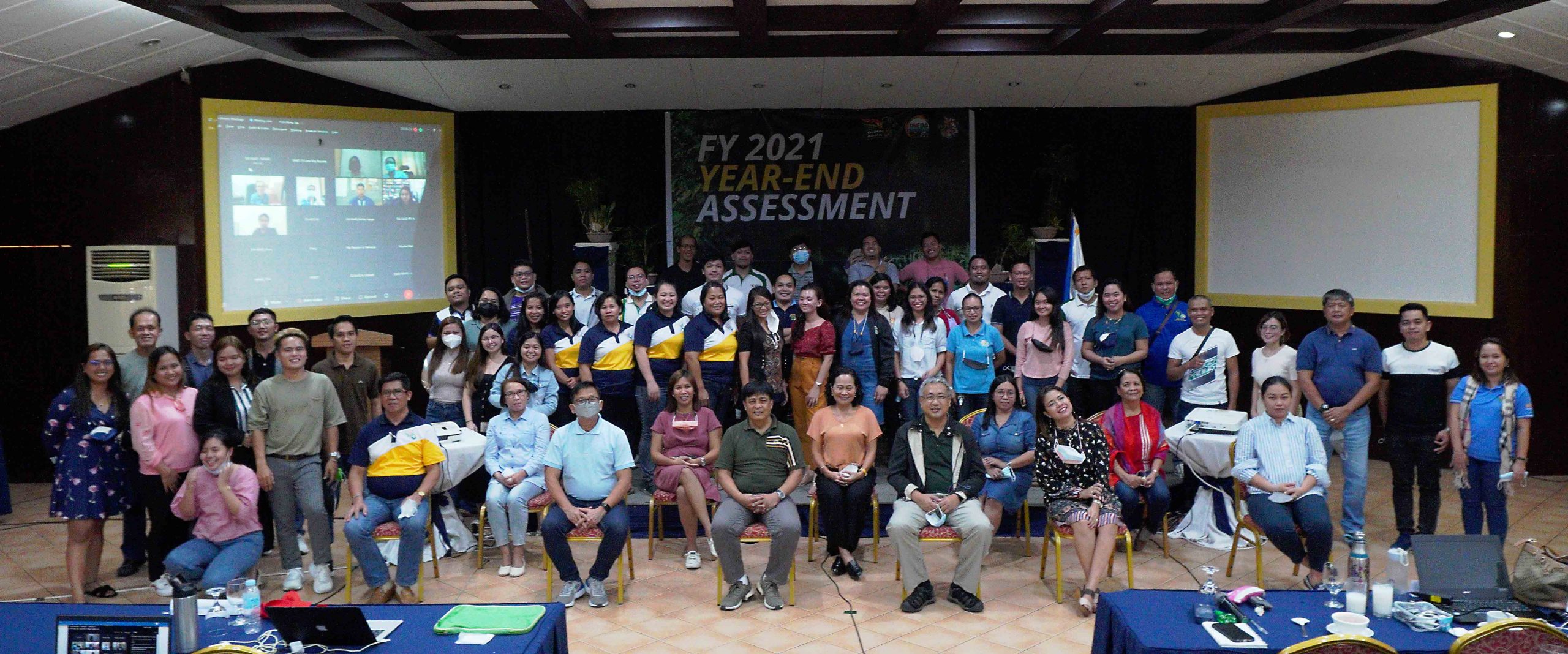
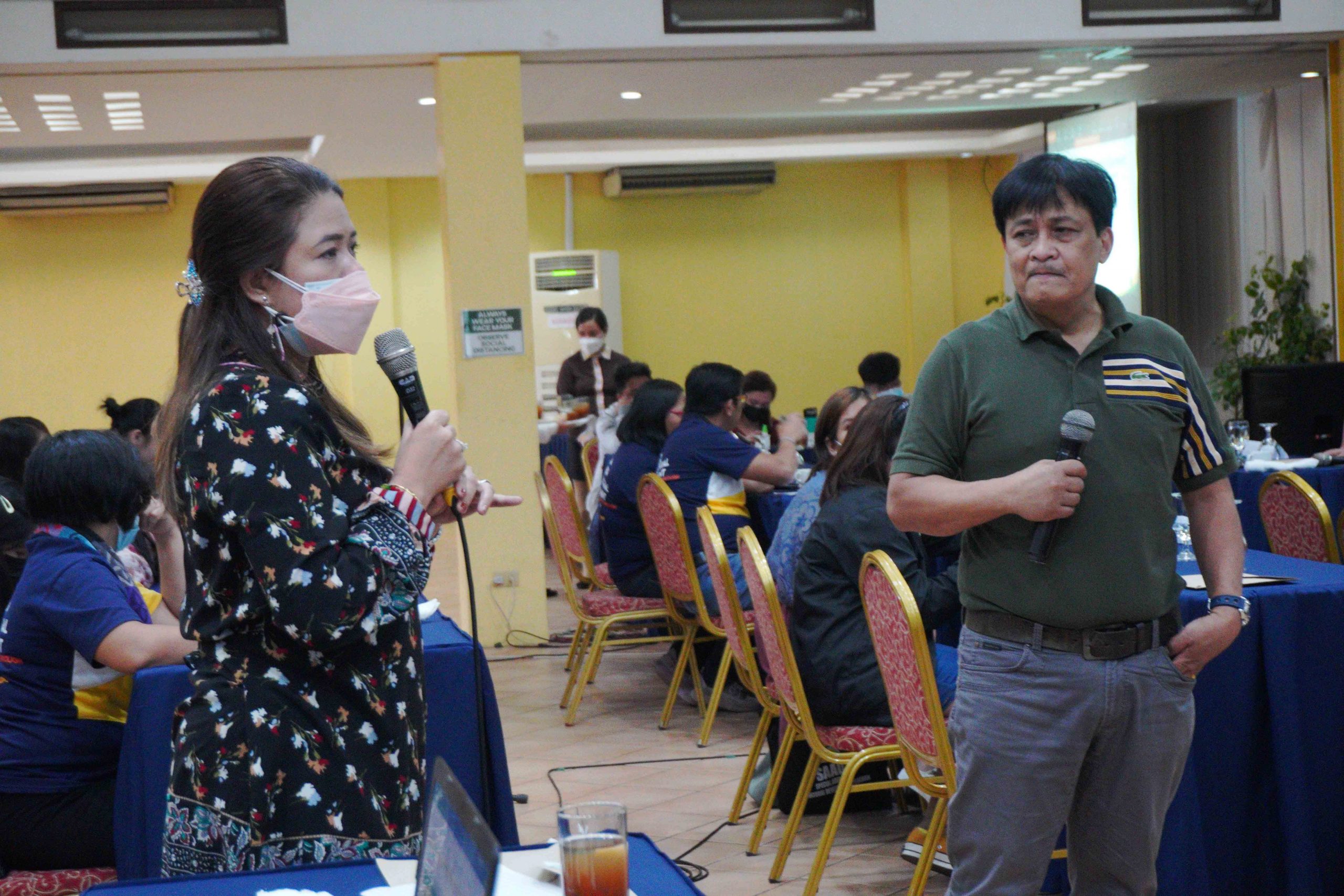
Comments (0)